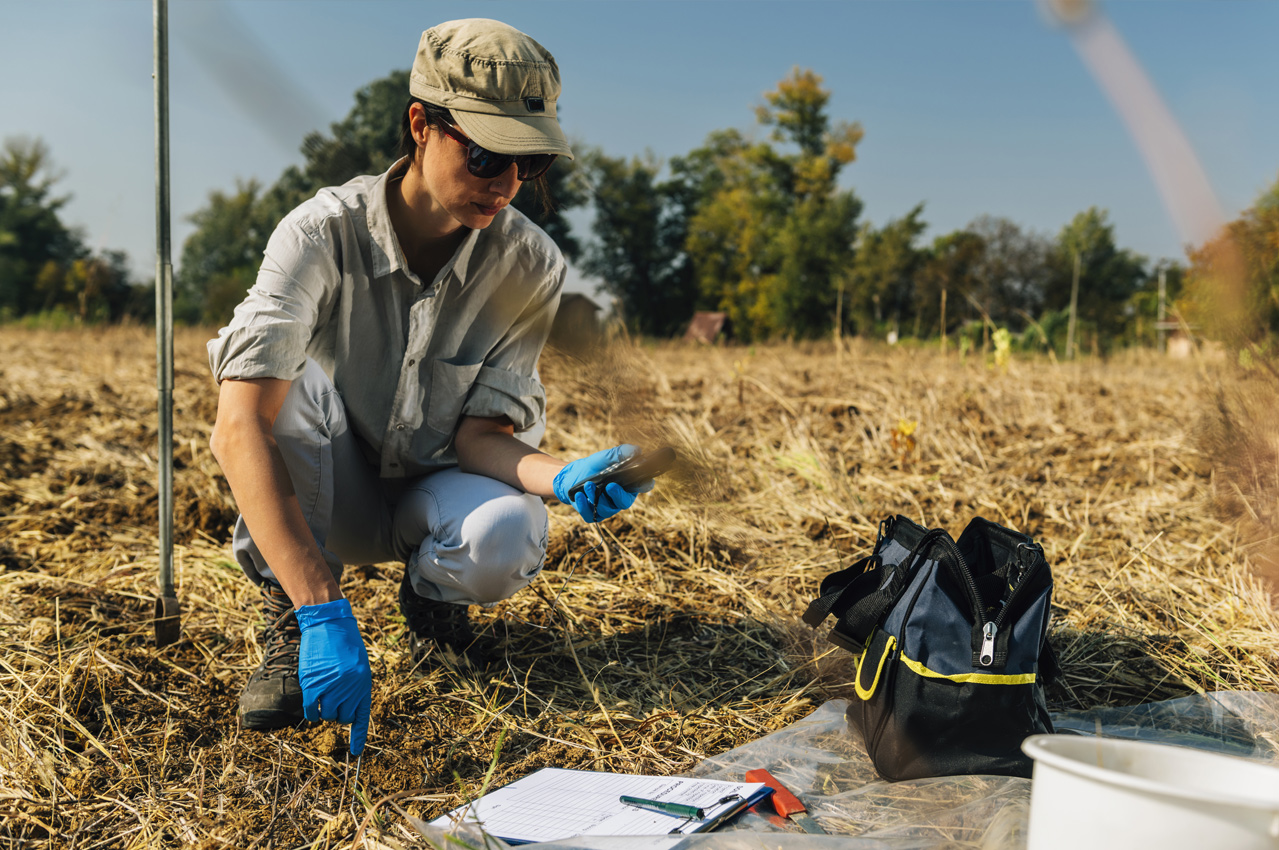Most studies of nutrient cycling and decomposition focus on areas with high rainfall. However, much of the world's landmass can be described as arid or semi-arid, so this represents a major gap in our understanding of soils and nutrient cycling. Our faculty, as part of a long-running collaboration with other universities, are working to fill this critical knowledge gap. In particular, their research aims to resolve which has the greater impact on dryland decomposition: ultra-violet radiation from the sun or wind- and water-driven soil mixing with the decomposing material. The research is producing new insights into processes that affect soil fertility, erosion, and carbon storage in drylands. The findings are relevant nationally and internationally, as drylands represent major portions of the United States and the world and may absorb significant amounts of carbon dioxide from the atmosphere.


